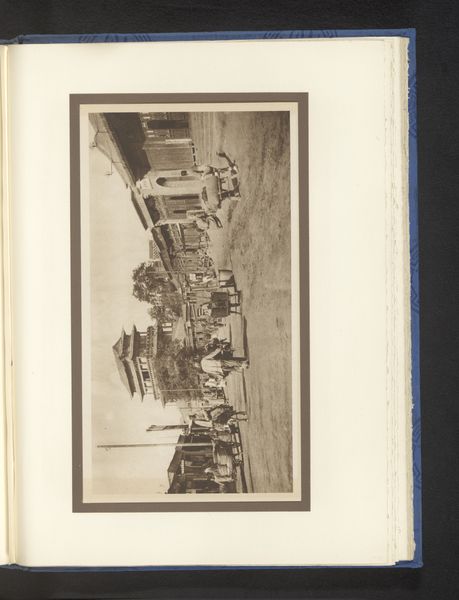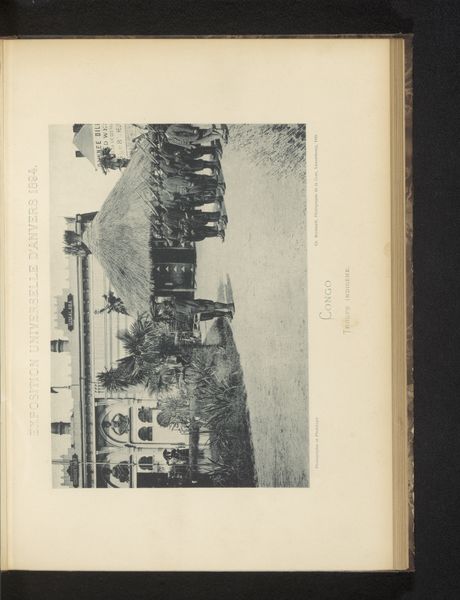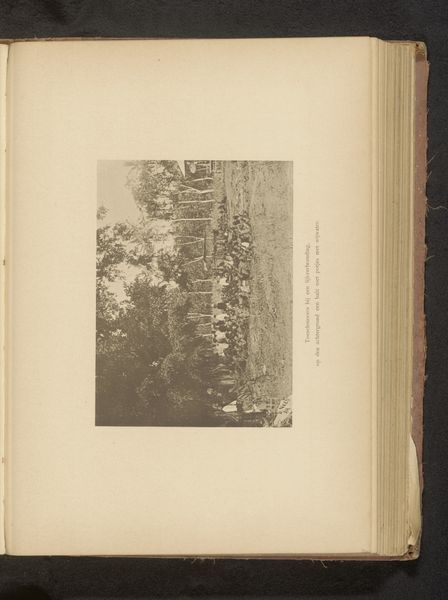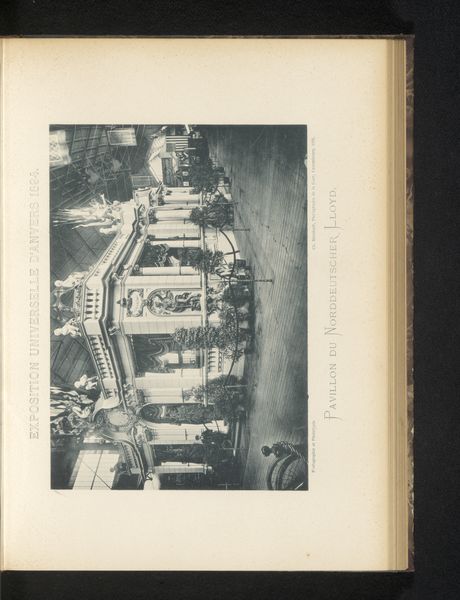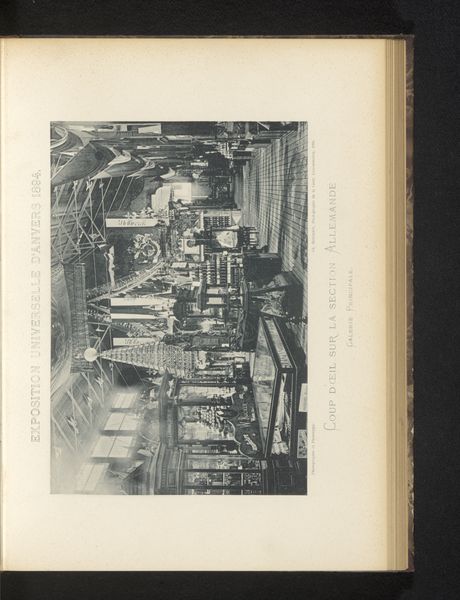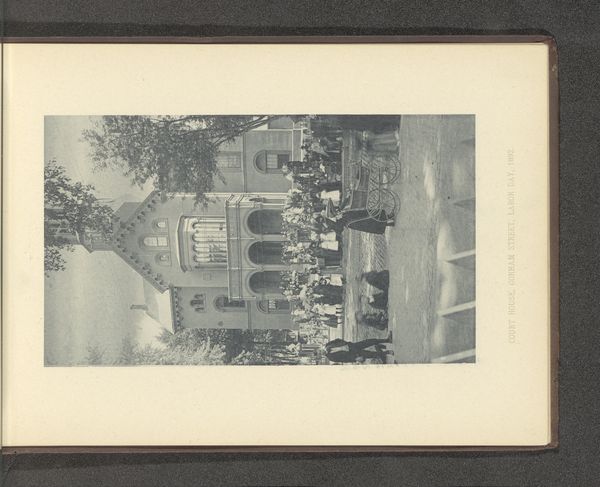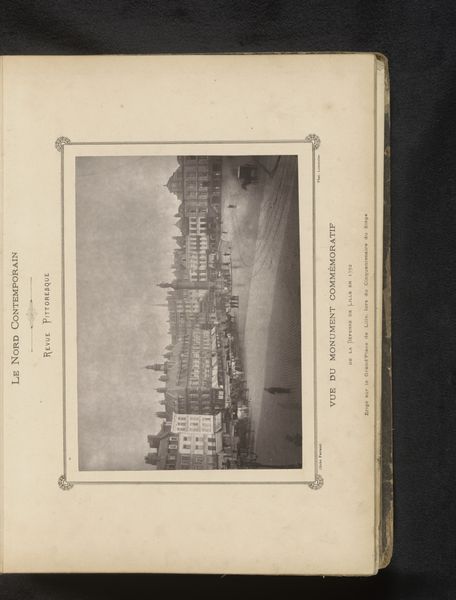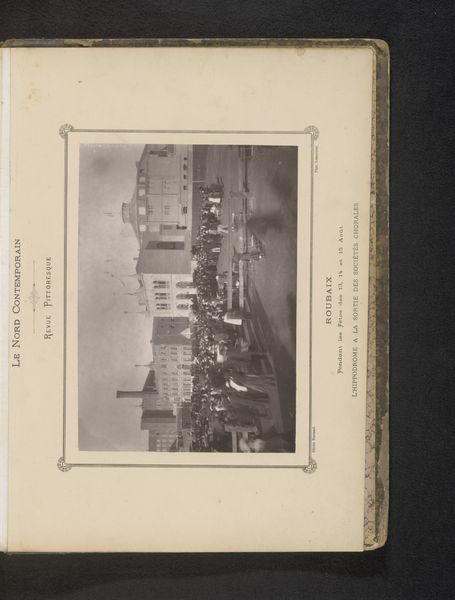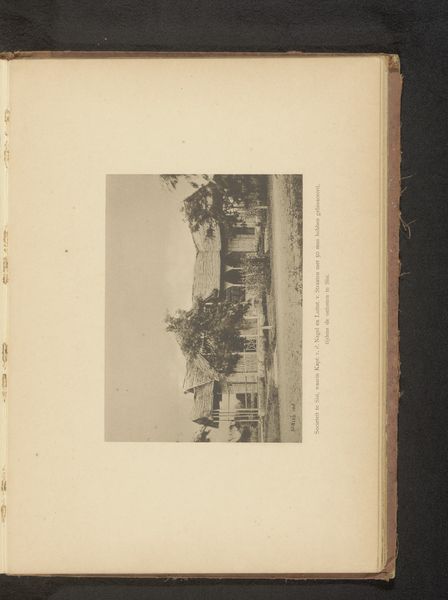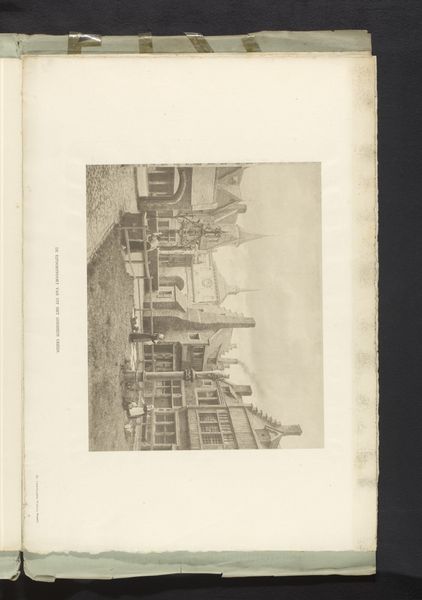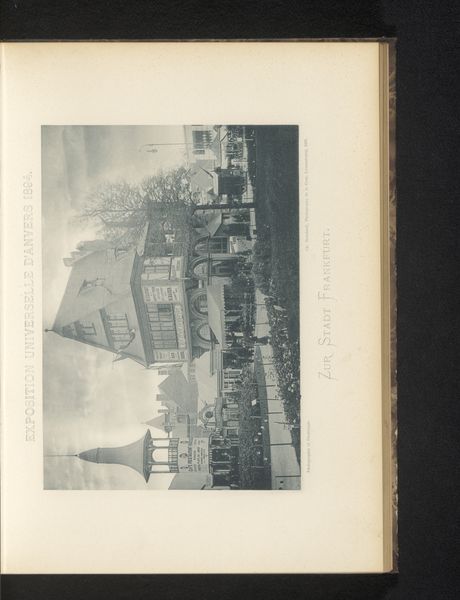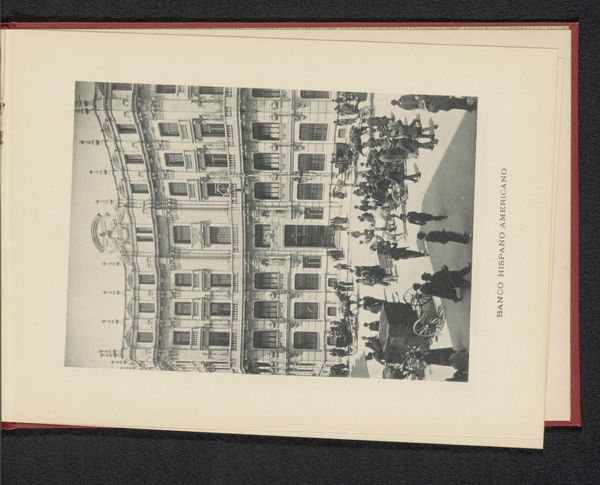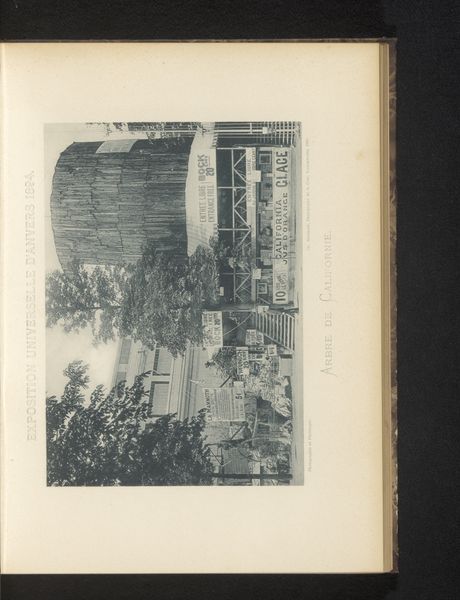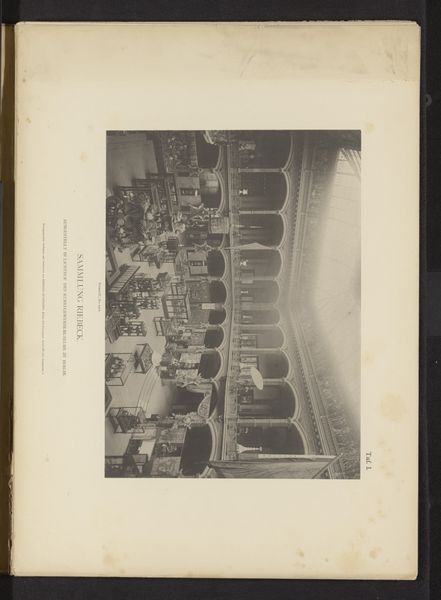
#
aged paper
#
toned paper
#
homemade paper
#
ink paper printed
#
coloured pencil
#
watercolour bleed
#
watercolour illustration
#
street
#
marker colouring
#
watercolor
#
historical font
Dimensions: height 128 mm, width 168 mm
Copyright: Rijks Museum: Open Domain
Curator: This watercolor illustration, made before 1895 by Frederick Saint John Gore, depicts the Kissakhani Bazar in Peshawar. It's rendered with watercolour bleed and colored pencil on what appears to be aged, perhaps even homemade, paper. Editor: Immediately, I’m struck by the almost ghostly feel of it. The muted tones, the way the crowd seems to fade into the background... it's both bustling and distant, a paradox in an image. Curator: That faded quality is part of what lends it power. Consider the cultural weight of markets—they are, and were, crucibles of exchange, both commercial and cultural. The aged paper itself acts as a vessel for memory, connecting us to this scene across time. Editor: Absolutely. I’m thinking about who is missing here—whose perspectives are occluded? Given the historical context, it's crucial to acknowledge that images like these are often filtered through a colonial lens. Who is represented, and how? Curator: It’s true that the Western gaze has undeniably shaped so many images of this era. However, the use of watercolour gives it a kind of immediacy, a "from life" quality that distinguishes it from more overtly staged or romanticized depictions. There’s a rawness here that speaks to the day-to-day realities, whatever filter it passes through. It also subtly reveals the continuity in commerce and exchange patterns. The symbolic importance of the Peshawar market continues to the present day, doesn’t it? Editor: It does, and understanding that continuity is critical. Peshawar's location on trade routes ensured its historical significance, acting as a crossroads of cultural interaction. What do those interactions look like in Gore's portrayal? Where are the fractures, the potential for conflict inherent in such an intersection? Curator: Perhaps it’s there in the tonal ambiguity—in the very softness that blurs individual features. There’s an almost dreamlike quality. While we lack detail, that is part of what suggests the Bazar itself, not as individual actors, serves as the central figure. The visual is dominated by commerce and flow, in a very physical rendering of exchange, both commercial and symbolic. Editor: So, rather than reading the ambiguity as absence, it highlights a complex tension of intersection. The beauty lies not only in the scene itself but in what it invites us to question about the complexities of representation and historical narrative. Curator: Precisely, the echoes that reverberate. Editor: Yes, echoes of history and ongoing power dynamics.
Comments
No comments
Be the first to comment and join the conversation on the ultimate creative platform.
